Hammer Time: Old Volvos
I hate the word fetish. It beckons the thoughts of neurotic foot lickers and perverts the world over. I always believed the word “aficionado” was more apt for my liking of old Volvos. It’s true that a lot of normal folks idolize the Porsches and Ferarris that embody the “speed” of the automotive experience. Some of us love the luxuruies of Rolls Royces and Bentleys . . . hell some idolize the Toyonda clones for their high quality and simplicity. In times past I’ve been ‘all’ there. I love the contributions all these manufacturers have given to our culture and our garages. But these days, I really appreciate longevity . . . and frugality . . . and functionality . . . which is why I absolutely love old Volvos.
An enclosed pickup, hauler of seven, leather, sunroof, seats that you can sit in for hours on end. Throw in a powertrain you can’t kill with live ammunition and lines that exude function and strength, and you’ve got the classic Volvo wagon. When you turn the key the red brick engine gives forth this declaration of, “Vroom!!! I’m there! Let’s go!” That 4-cylinder engine will often be attached to a wagon body that still offers better fuel economy and towing capability than many of today’s substitutes.
Servicing is grade school easy. Most everything except the heater core is in arms reach. And the prior owners? Old Volvos tend to be the most conservatively driven, well loved and well maintained vehicles out there. I can literally count on both hands the number of hour plus conversations I’ve had with prior owners after buying their Volvos at the auctions.
As for the rest of it? Well, I’ll put it this way. Volvo’s of the late 1980s and early 1990s were made to last 18 years on average . . . in Scandinavia. With Georgia having the smoothest of roads and a blissfully rust-free climate, I can probably drive one until the steel wheels finally turn as square as the rest of the vehicle. But as fate has it, I recently needed to use one to return an old favor given to me years ago. This past week I had a grandma trade in her 1992 740 wagon for a 2004 Dodge Grand Caravan. It was love. But as with that old Camry I wrote about a week ago, I knew it was time to take the good fortunes of my past and “Pass it Forward.”
Since a good friend of mine knew of a young couple starting out, I decided to sell it to them for $1000 after performing a 200-mile test drive around metro-Atlanta. High quality parts, a gentle hand, and diligent maintenance will hopefully continue to make this old Volvo a keeper car, and deservedly so.
More by Steven Lang
Latest Car Reviews
Read moreLatest Product Reviews
Read moreRecent Comments
- HotRod Not me personally, but yes - lower prices will dramatically increase the EV's appeal.
- Slavuta "the price isn’t terrible by current EV standards, starting at $47,200"Not terrible for a new Toyota model. But for a Vietnamese no-name, this is terrible.
- Slavuta This is catch22 for me. I would take RAV4 for the powertrain alone. And I wouldn't take it for the same thing. Engines have history of issues and transmission shifts like glass. So, the advantage over hard-working 1.5 is lost.My answer is simple - CX5. This is Japan built, excellent car which has only one shortage - the trunk space.
- Slavuta "Toyota engineers have told us that they intentionally build their powertrains with longevity in mind"Engine is exactly the area where Toyota 4cyl engines had big issues even recently. There was no longevity of any kind. They didn't break, they just consumed so much oil that it was like fueling gasoline and feeding oil every time
- Wjtinfwb Very fortunate so far; the fleet ranges from 2002 to 2023, the most expensive car to maintain we have is our 2020 Acura MDX. One significant issue was taken care of under warranty, otherwise, 6 oil changes at the Acura dealer at $89.95 for full-synthetic and a new set of Michelin Defenders and 4-wheel alignment for 1300. No complaints. a '16 Subaru Crosstrek and '16 Focus ST have each required a new battery, the Ford's was covered under warranty, Subaru's was just under $200. 2 sets of tires on the Focus, 1 set on the Subie. That's it. The Focus has 80k on it and gets synthetic ever 5k at about $90, the Crosstrek is almost identical except I'll run it to 7500 since it's not turbocharged. My '02 V10 Excursion gets one oil change a year, I do it myself for about $30 bucks with Synthetic oil and Motorcraft filter from Wal-Mart for less than $40 bucks. Otherwise it asks for nothing and never has. My new Bronco is still under warranty and has no issues. The local Ford dealer sucks so I do it myself. 6 qts. of full syn, a Motorcraft cartridge filter from Amazon. Total cost about $55 bucks. Takes me 45 minutes. All in I spend about $400/yr. maintaining cars not including tires. The Excursion will likely need some front end work this year, I've set aside a thousand bucks for that. A lot less expensive than when our fleet was smaller but all German.



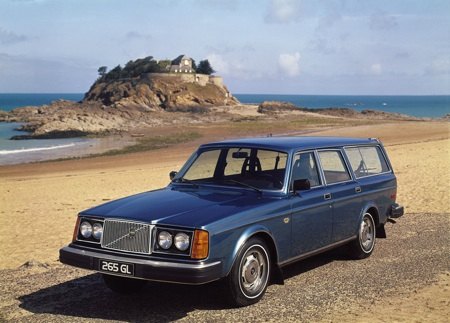















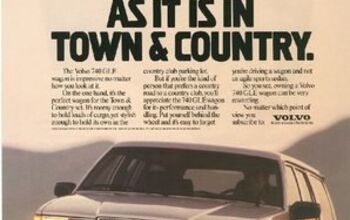
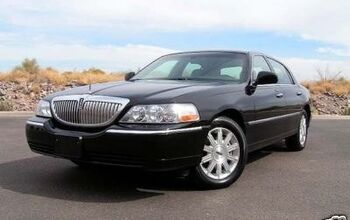

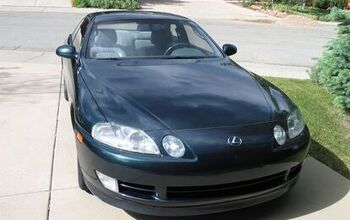
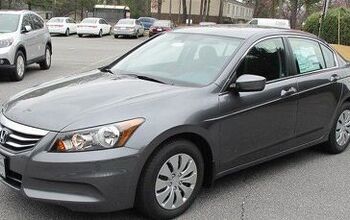










Comments
Join the conversation
Newer ones are decidedly worse in this respect. Got a very carefully maintained 850T-5R from 1995, with 220k miles and a 2000 S80T-6 with 105k. The 850 was bulletproof till around 125k, when the first small niggles stated appearing. It took ten or so visits over 3 years, till they could replace every single AC component to get it fixed, for instance. The first major mechanical niggle was a gearbox sensor for the autobox at 130k. Then more serious stuff happened at around 140k - the engine practically went - the conrod broke on the third cylinder and then most of the rest went rather quickly - i.e. over the next minute, while I was trying to get off the highway and stop. In any case it turned out a new engine was cheaper than fixing it. It has simply lost its reliability since - it's still fine for short trips but I got stranded several times on longer journeys in spite of immaculate maintenance. A bit sad but it seems about 8 years is the duration that one was really built for. The S-80 seems not to have been built for leaving the factory in the first place. I guess the average time between failures was perhaps 5k miles, if that. And some of the 'failures' were dramatically dangerous - like the plastic undercladding on the engine (for better aero) detaching itself at around 130mph on the highway (in Germany, where such speeds are legal - to prevent debate on that point). It was in a curve and I can only call myself and the car behind me lucky that it did not hit the rear wheels or the car following, as it would likely have been fatal. Simply lost all trust in the brand since, and all the friends with Volvos have similar horror stories to report. Quite sad how the brand slipped...